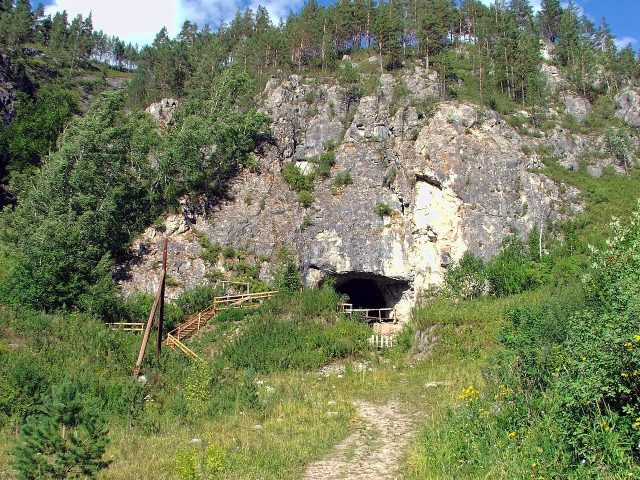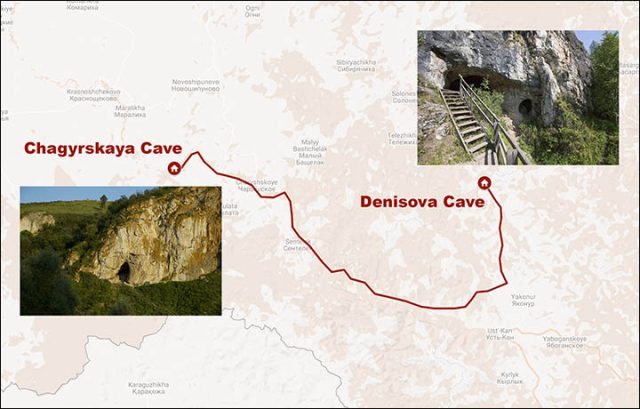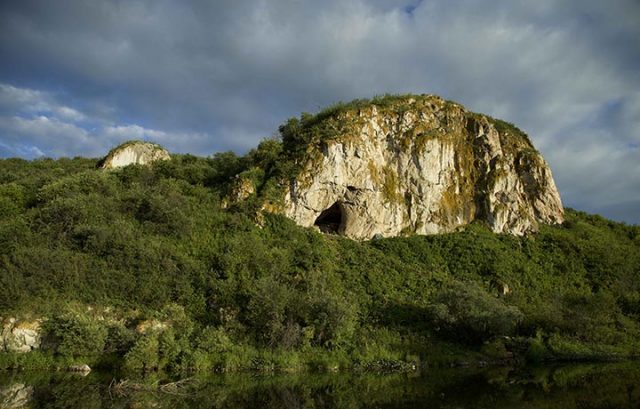When two people fall in love, there is very little that families, cultures or distance can do to stop it. Love springs where and when it wants, it seems, almost as if it is determined by fate, and this axiom has been the wellspring of many a romantic book, play and movie.
After all, where would Romeo and Juliet be without their families’ consternation and disapproval as the backdrop against which their story unfolds?
Many thousands of years ago, when man was first settled and evolving in Siberia, a group settled into a cave near the Altai Mountains.

The cave where they sheltered is called the Denisova Cave, and a few years ago the remains of a young woman, a 13 year old who scientists have dubbed “Denny,” were found by archaeologists.
What is incredibly unique about these remains is that they contain the DNA of Neanderthals, but also those of another group, called Denisovans. The latter part came from the paternal side; the Neanderthal gene sequence came from the maternal.
Experts say that the cave was home to Denisovan people, of which the father was a member, but the girl’s mother had to have walked more than 65 miles to arrive at the cave, a theory scientists have nicknamed a “walk of love.”

But they are unsure of that theory, as several inconsistencies exist in artifacts that date the two different species of the caves.
In the Chagyrskaya Cave, remains and artifacts date the inhabitants to anywhere between 60,000 years old to 80,000. The archaeological finds in the Denisova Cave, however, date back as much as 90,000 years.
What is most relevant, it seems, is that Denny’s DNA has shown her to be from two distinct species. That, according to experts, is extremely unusual.

When the Denisova Cave was first explored in 2018 and the remains found, one geneticist, Pontus Skoglund, told the online journal Nature on 2018 that “to find a first generation person of mixed ancestry from these two groups is absolutely extraordinary.” Skoglund is with the Francis Crick Institute in London.
Other artifacts found in the Denisova Cave include a beautiful bracelet, stone tools, and a tiara made of woolly mammoth hide.
These people were first discovered about a decade ago, when researchers came upon a small finger bone of a woman they called simply “X Woman.” She lived approximately 40,000 years ago. Experts have concluded that later, when homo sapiens arrived in Siberia, they began mixing and interbreeding with those already settled there, and ultimately developed the genetic fortitude to withstand the freezing cold temperatures of Russia and its environs.

It’s difficult to avoid romanticizing Denny’s mother, and her pursuit of the man from another cave who became Denny’s father.
After all, it is the plot line of every Hollywood romantic comedy – two people of different backgrounds and families falling madly in love.
Did their parents approve? Were they together in secret all those thousands of years ago, in order to avoid having disapproval rained down on them?
And was Denny the much-loved result of this odd union, or was she shunned and considered an outcast by those who lived with her? And how did she die, at the tender age of 13?
Most of those questions will never be answered, of course. But superimposing romantic fantasies onto Denny and, in particular, her mother – who after all may have walked many miles to be with the man she loved – is a fun and harmless pastime.
Another Article From Us: Lost Medieval Bridge That Transported Kings & Queens Re-Emerges
It is up to the archaeologists and other experts to fill in our knowledge gaps about Denisova Cave, and no doubt, as they research it more, they will.
